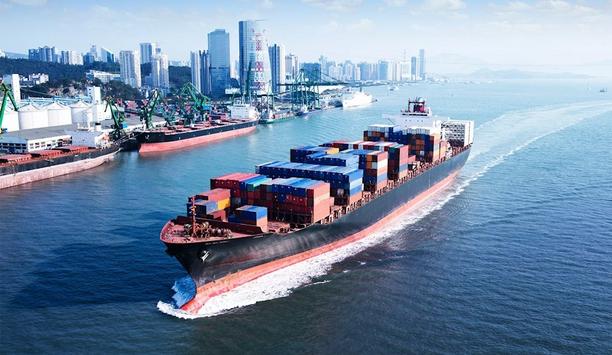Hempel Antifouling Globic 7000 high solids chemically hydrolysing SPC antifouling
Technical Specification
- Make: Hempel
- Model code: Antifouling Globic 7000
- Volume solids: 58 ± 2 %
- VOC content: 381 g/lt
- Flash point: 24 °C
Hempel's Antifouling Globic 7000 is a high solids chemically hydrolysing SPC antifouling based on Nano Acrylate Technology (NAT). Globic 7000 offers low friction, self-smoothening, and a best-in-class instant activation of polishing for optimal performance from day one. The NAT is therefore especially good for slower steaming and frequent idle days due to the strong biocide package with 3 biocides, very thin leach-layer and fine control of polishing. The patented microfibers give Globic 7000 a best-in-class mechanical strength to avoid cracking and peeling. This product does not contain organotin compounds acting as biocides and complies with the International Convention on the Control of Harmful Antifouling Systems on Ships as adopted by IMO October 2001 (IMO document AFS/CONF/26).
Read more| Make | Hempel |
|---|---|
| Manufacturer | Hempel A/S |
| Category | Operation and maintenance>Coatings |
| Model code | Antifouling Globic 7000 |
| Volume solids | 58 ± 2 % |
| VOC content | 381 g/lt |
| Flash point | 24 °C |
| Specific gravity | 1.7 kg/L |
| Colour/ code | Brownish red 51110 * |
| Finish/Sheen | Flat |
| Film thickness | 100 microns |
| Additional info |
Hempel's Antifouling Globic 7000 is a high solids chemically hydrolysing SPC antifouling based on Nano Acrylate Technology (NAT). Globic 7000 offers low friction, self-smoothening, and a best-in-class instant activation of polishing for optimal performance from day one. The NAT is therefore especially good for slower steaming and frequent idle days due to the strong biocide package with 3 biocides, very thin leach-layer and fine control of polishing. The patented microfibers give Globic 7000 a best-in-class mechanical strength to avoid cracking and peeling. This product does not contain organotin compounds acting as biocides and complies with the International Convention on the Control of Harmful Antifouling Systems on Ships as adopted by IMO October 2001 (IMO document AFS/CONF/26). |
| Download PDF version Download PDF version | |


